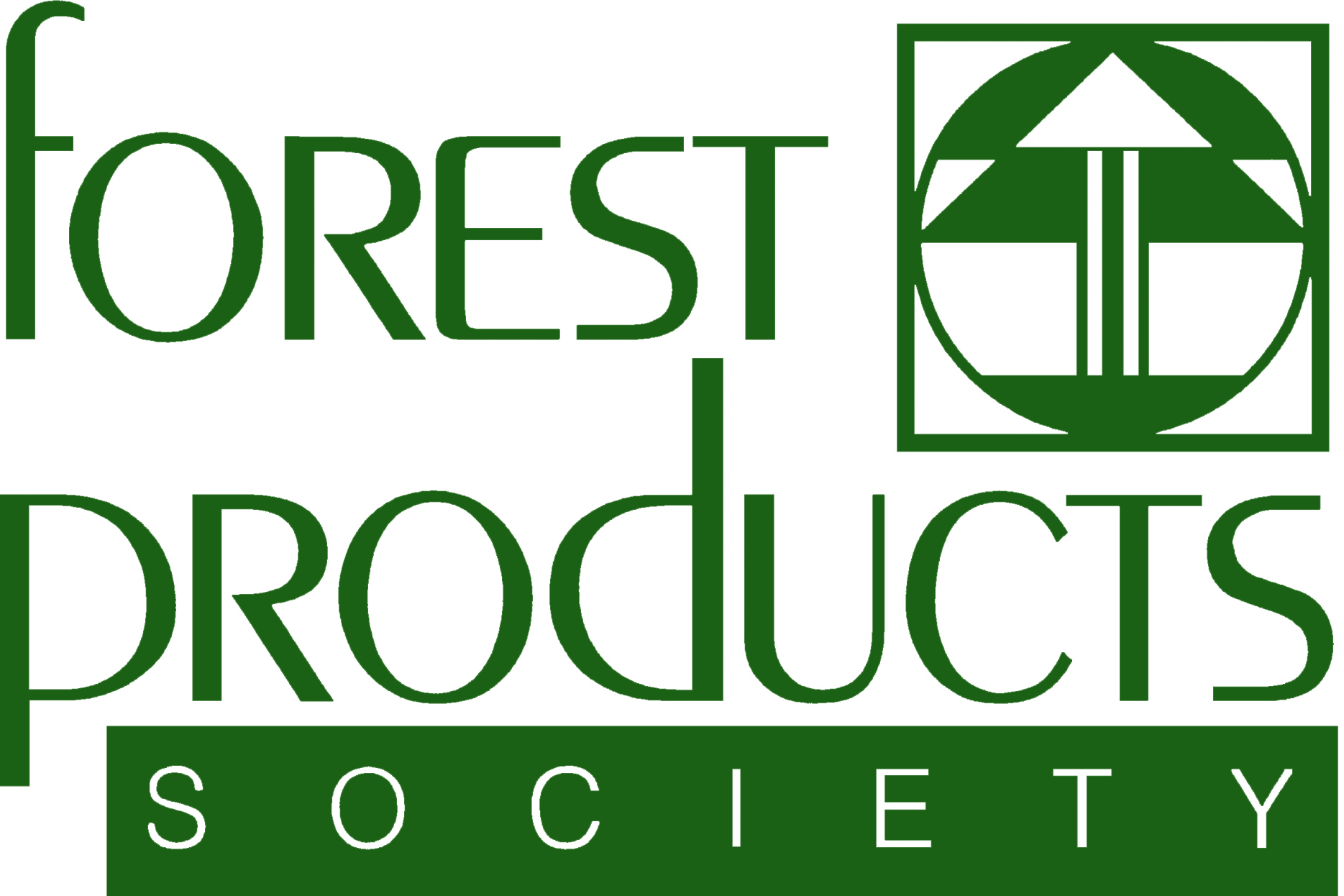Item View
Publication: Forest Products Journal
Authors: Hunt M D|Hoover W L|Fergus D A
Reference ID: 35(4):33-39
Publish Year: 1985
Member Download Price: $0.00
Member Physical Price: $0.00
Title: Thick Aspen Structural Flakeboard
Description:
Targeting structural wood products for the industrial/commercial building market receives attention in proportion to cycles in residential construction. Overcapacity in the structural panel industry has renewed interest. Test results for an aspen flakeboard designed to satisfy the performance requirements of the 4-to 6-foot on-center (o.c.) spans characterizing the industrial/ commercial roof decking market indicate product viability. Five 2- by 8-foot nominal 1-1/8-inch-thick, three-layer, 47.3 pounds per cubic foot (pcf) laboratory panels were produced. Dense face layers 0.1875 inch thick were composed of 0.015-inch-thick by random width by 3-inch-long disk flakes. A 0.75-inch-thick, 40 pcf core layer was composed of 0.030-inch-thick by random width by 3/4-inch-long ring flakes. The 1-1/8-inch-thick Douglas-fir plywood included in the testing program has an average modulus of elasticity (MOE) of 1,108 kilo pounds per square inch (ksi) in the parallel direction, compared to 1,343 for southern pine plywood and 1,637 for the flakeboard panels. In the perpendicular direction the MOE for Douglas-fir was 495 ksi, compared to 473 for southern pine plywood and 432 for the flakeboard panels. The parallel MOEs of the cement fiber panels were less than 11 percent of the values obtained for any of the other panels. The perpendicular MOEs of the cement fiber panels were less than 20 percent of those obtained for any of the other panels. MOE retention of the flakeboard panel tested wet and dry after 10 cycles of vacuum pressure-soakdry treatment was 63.5 and 82.7 percent, respectively. Compared to the flakeboard, the retentions for the plywood panels tested wet averaged 11 percent higher, but 5 percent lower tested dry. The other properties and characteristics reported include modulus of rupture (MOR), interlaminar shear, edgewise shear, internal bond, water absorption, thickness swell, linear expansion, and vertical density profile.
Targeting structural wood products for the industrial/commercial building market receives attention in proportion to cycles in residential construction. Overcapacity in the structural panel industry has renewed interest. Test results for an aspen flakeboard designed to satisfy the performance requirements of the 4-to 6-foot on-center (o.c.) spans characterizing the industrial/ commercial roof decking market indicate product viability. Five 2- by 8-foot nominal 1-1/8-inch-thick, three-layer, 47.3 pounds per cubic foot (pcf) laboratory panels were produced. Dense face layers 0.1875 inch thick were composed of 0.015-inch-thick by random width by 3-inch-long disk flakes. A 0.75-inch-thick, 40 pcf core layer was composed of 0.030-inch-thick by random width by 3/4-inch-long ring flakes. The 1-1/8-inch-thick Douglas-fir plywood included in the testing program has an average modulus of elasticity (MOE) of 1,108 kilo pounds per square inch (ksi) in the parallel direction, compared to 1,343 for southern pine plywood and 1,637 for the flakeboard panels. In the perpendicular direction the MOE for Douglas-fir was 495 ksi, compared to 473 for southern pine plywood and 432 for the flakeboard panels. The parallel MOEs of the cement fiber panels were less than 11 percent of the values obtained for any of the other panels. The perpendicular MOEs of the cement fiber panels were less than 20 percent of those obtained for any of the other panels. MOE retention of the flakeboard panel tested wet and dry after 10 cycles of vacuum pressure-soakdry treatment was 63.5 and 82.7 percent, respectively. Compared to the flakeboard, the retentions for the plywood panels tested wet averaged 11 percent higher, but 5 percent lower tested dry. The other properties and characteristics reported include modulus of rupture (MOR), interlaminar shear, edgewise shear, internal bond, water absorption, thickness swell, linear expansion, and vertical density profile.
You must be logged in to download any documents. Please login (login accounts are free) or learn how to Become a Member
